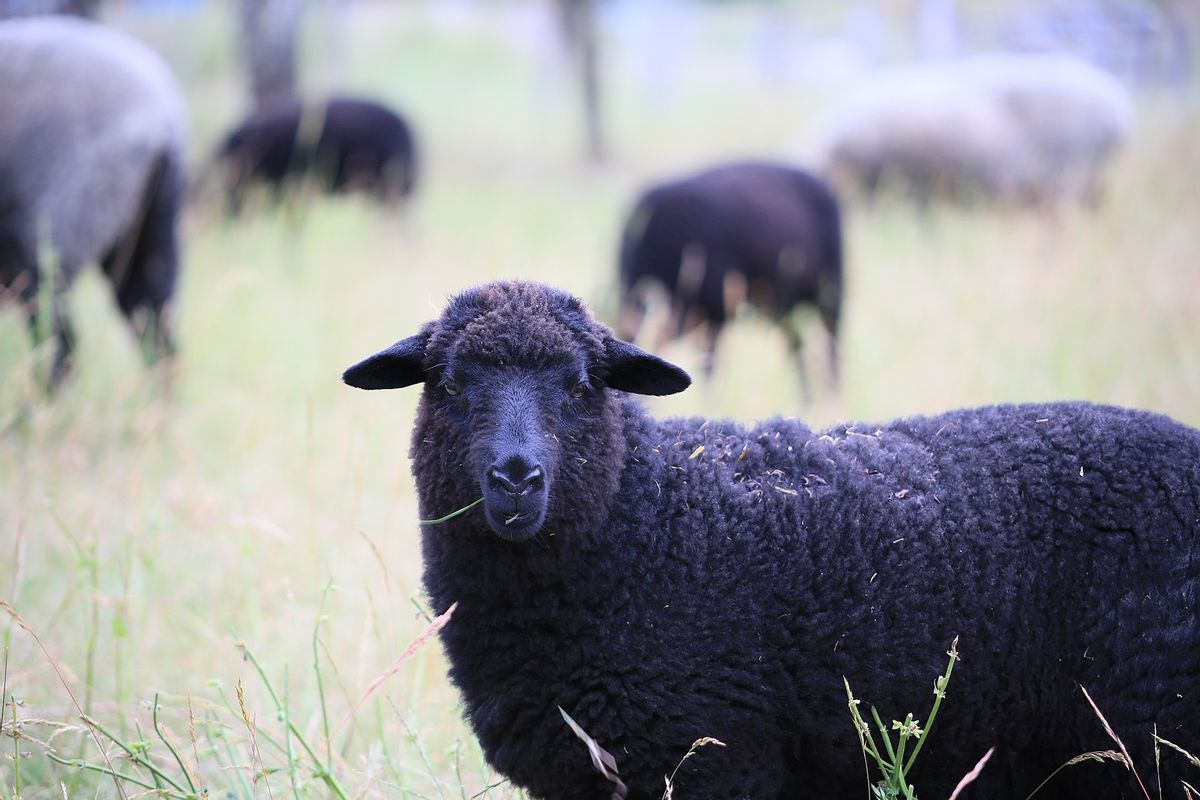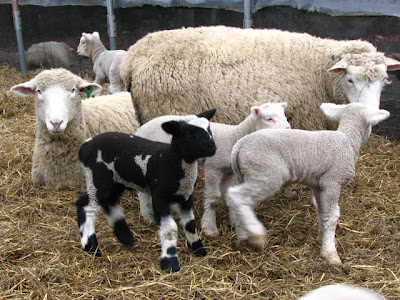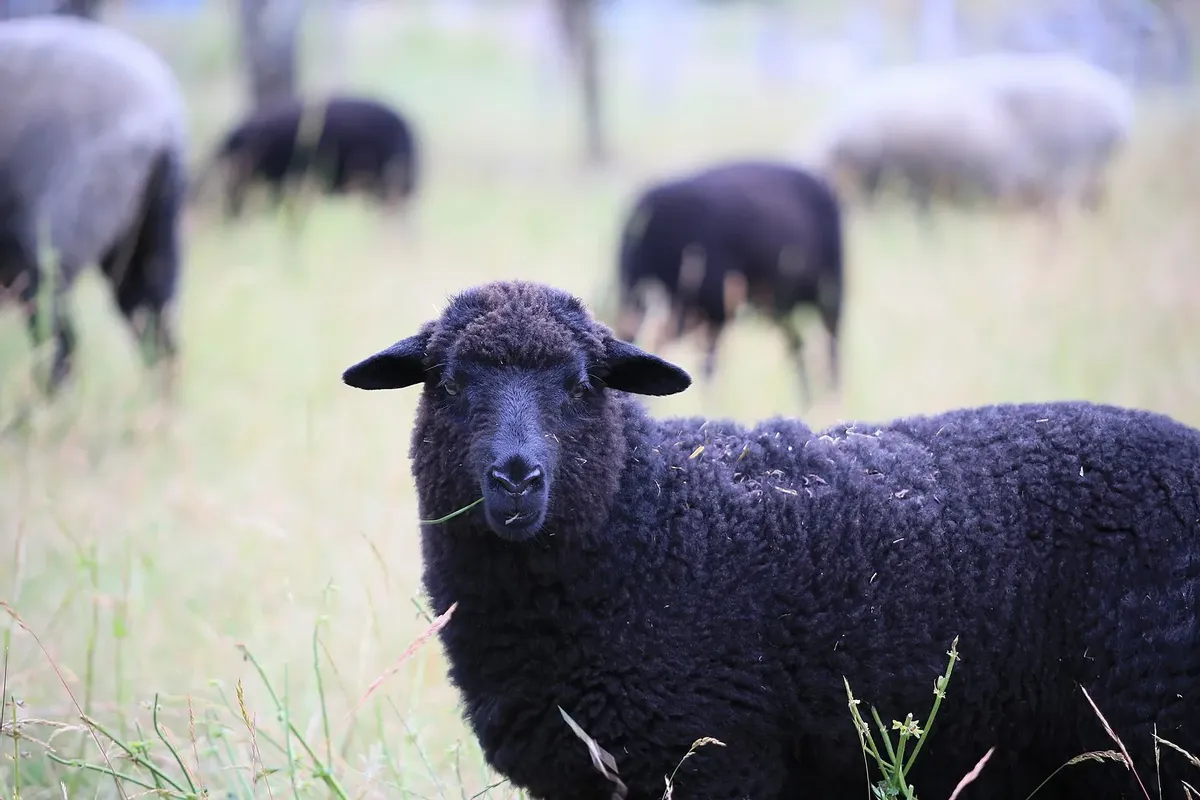Sheep and Goat Genetics
Genetics of Wool Color

The color of a sheep’s wool is determined by a complex mix of genetics, environmental factors, and breed. Wool color can range from white to black and can be further broken down into several different shades and patterns. For example, white-black cross colored sheep are a common breed that have a combination of white and black wool. Understanding the genetics of wool color is essential to understanding the various characteristics of different breeds of sheep and how they may be bred.
Genetics of Wool Color
The genes involved in determining the color of a sheep’s wool are complex and vary depending on the breed. Generally, the two dominant genes responsible for wool color are the Agouti gene and the Extension gene.
The Agouti Gene
The Agouti gene is responsible for the base color of the wool and is the gene responsible for black and white wool. The Extension gene is responsible for the pattern of the wool, such as white-black cross colored sheep. The Agouti gene is responsible for the base color of the wool and is the gene responsible for black and white wool. This gene has two alleles, A and a, with A being dominant and a being recessive. If a sheep has two A alleles, then it will have black wool. If a sheep has two a alleles, then it will have white wool. If a sheep has one A allele and one a allele, then it will have a combination of black and white wool.

The Extension Gene
The Extension gene is responsible for the pattern of the wool, such as white-black cross colored sheep. This gene also has two alleles, E and e, with E being dominant and e being recessive. If a sheep has two E alleles, then it will have black wool with white spots or patches. If a sheep has two e alleles, then it will have white wool with black spots or patches. If a sheep has one E allele and one e allele, then it will have a combination of black and white wool.
Wool Color Examples
White-black cross colored sheep are an example of how the Agouti and Extension genes interact to create a specific wool color. White-black cross colored sheep are a combination of black and white wool and have one A allele and one E allele. This combination of alleles produces a sheep with white wool and black spots or patches.

Another example of how the Agouti and Extension genes interact to create a specific wool color is the Corriedale cross. Some Corriedale cross breeds have black wool with white patches and have two A alleles and one e allele. This combination of alleles produces a sheep with black wool and white spots or patches.
Conclusion
The color of a sheep’s wool is determined by a complex mix of genetics, environmental factors, and breed. The two dominant genes responsible for the color of a sheep’s wool are the Agouti gene and the Extension gene. The Agouti gene is responsible for the base color of the wool and the Extension gene is responsible for the pattern of the wool. White-black cross colored sheep and Border Leicesters are examples of how the Agouti and Extension genes interact to create a specific wool color. Understanding the genetics of wool color is essential to understanding the various characteristics of different breeds of sheep and how they may be bred.

